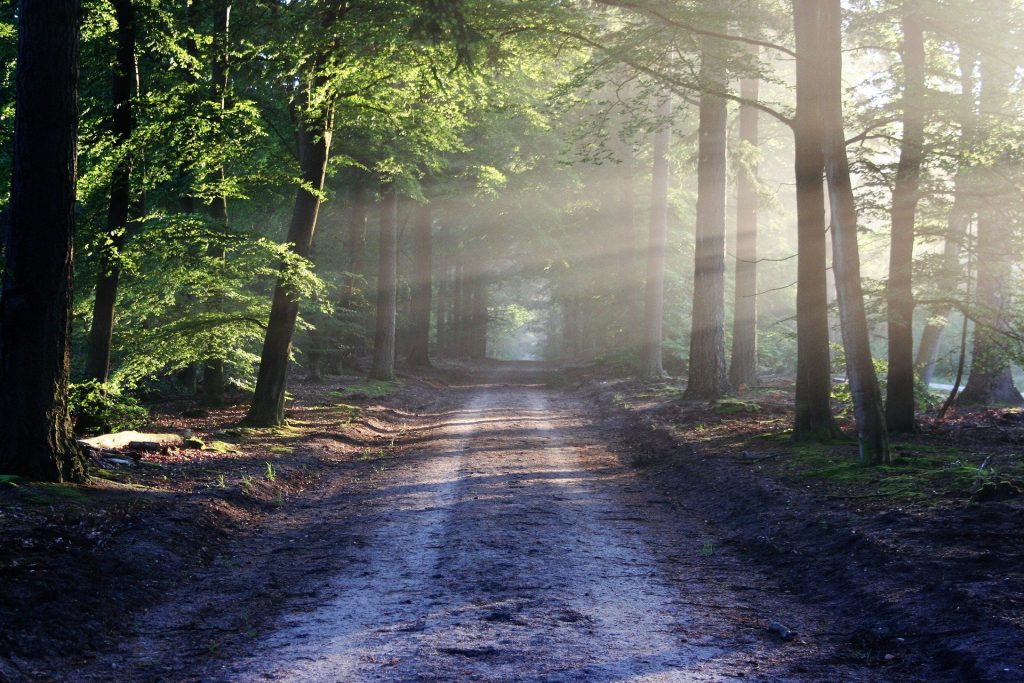It doesn’t really matter if you are planting a tree in your first garden or replanting one you have grown over the years, knowing about trees is vital. Trees are an integral part of our ecosystem and help to maintain the forest around us. Pests and fungi infest our yards, which can lead to many common diseases such as allergies and sore throats. To prevent these infections from spreading, you need to be familiar with the natural enemies that can infest our gardens and homes.
One of the easiest ways you can learn about trees is by looking at the wildlife they have. Are there deer, birds, bats or other wildlife in your locality? When you’re planting in your garden or trying to get more wildlife onto your property, it’s important to educate yourself about the animals and plants you’re dealing with. Find out which plants are most suitable for different animal life. You should get rid of any shrubs or bushes that could be harmful to wildlife. To create a wildlife-friendly habitat, ensure you plant trees and other plants near each other.
Another important topic for those teaching kids about trees is how trees differ from plants. Different species of trees grow differently and mature at different rates. Children who are young or need something sturdy and compact to climb may not choose the fastest-growing trees. Teach kids about differences in the type of soil, moisture, light, soil hardness, and shade they can expect to find in their yard.
Trees are also important to children because they leave marks on their roots and leaves when they grow. Kids should understand this when they’re exploring their environment. They can see their roots by looking at their footprints on the ground. Children should also be aware that roots and leaves grow upwards, not outwards. A child can figure out the direction their foot is pointing by looking at the direction the stem points. For example, if a child points toward the hole in the fence where the dog is hanging out, he’s pointing to where the dog’s head is pointing.

There are several things kids should know about plants and trees. One is that trees can grow a full diameter while plants only grow a half or quarter diameter. This difference can also mean that some trees are bushy, while others aren’t. Some kinds of trees are usually bushy while others aren’t. An orange tree, for example, isn’t very bushy. A maple tree, however is always bushy.
A second important fact that children should be aware of is that branches and leaves can sometimes fall off of trees. This is also true for plants, as leaves and branches can become shorter over time. Some plants also lose their branches and leaves periodically. A child should know how trees and plants grow. He or she should know how long a certain size branch or leaf will last.
Trees are attractive to certain species of wildlife. This is something you need to know. Most state parks and wildlife areas have programs that allow you see wildlife through binoculars. Another reason to be familiar with trees is that they help keep wildlife habitats free from dead trees and other plant material that could harm wildlife.
Carbon dioxide absorption is a fascinating topic that many trees and plants can relate to. This is because our lives are dependent on trees, grass, and plants like carbon dioxide absorption. Carbon dioxide is removed from the air when we burn fossil fuels such as coal, gas, and oil. Global warming has been linked to the removal of carbon dioxide by trees.
